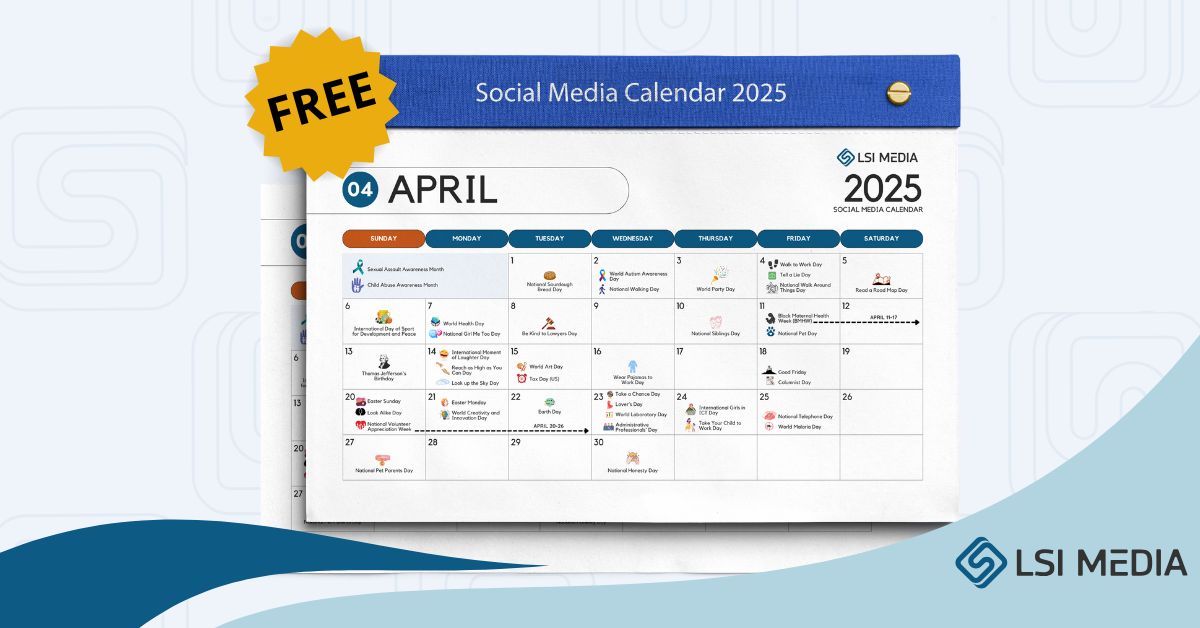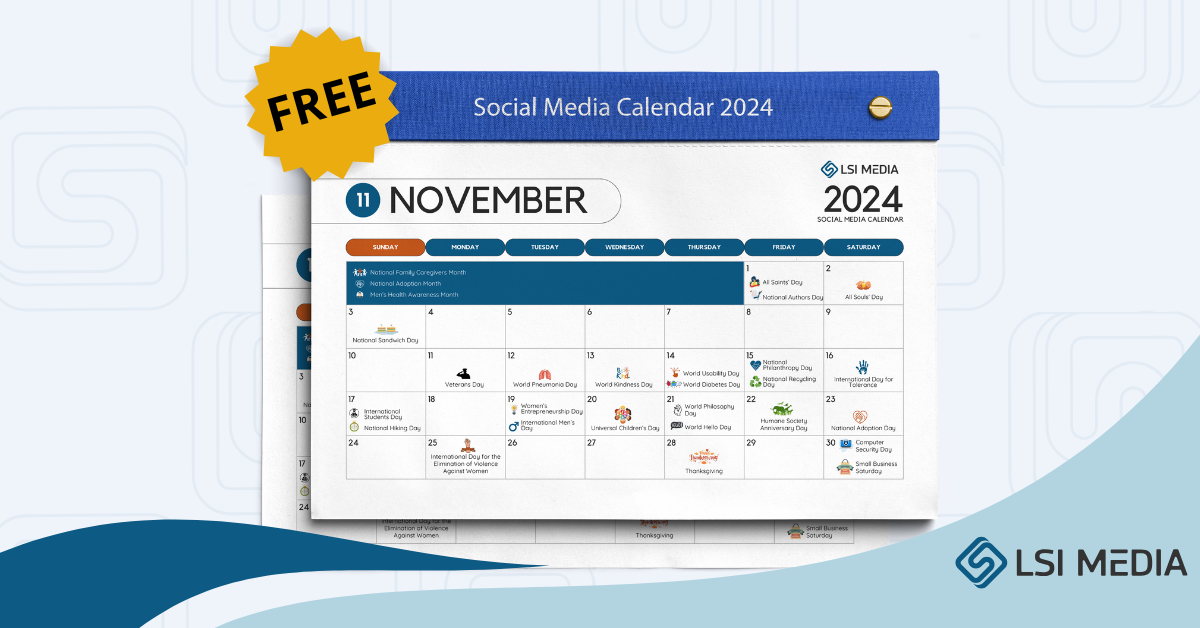[ez-toc]
Many internet consumers believe that because they already use social networks for their daily activities, Social Media Marketing is simple to implement. Since the pandemic began, businesses of all sizes and locations have relied heavily on social media marketing to reach their target audience. Everybody jumped on the bandwagon to make their brands more visible on these sites.
Many would-be business owners, then, are actively engaging in this trend. Although some businesses found success with this strategy, the vast majority ran into difficulties once they implemented it. Businesses are unaware of the common mistakes in social media marketing. As a result, they often commit these mistakes unintentionally. This guide will familiarize you with these mistakes and give tips on avoiding them.
1. Lack of Concrete Plan

Most businesses carry out Social Media Marketing without having a solid plan. They imitate the strategies of their competitors and hope for the best. This mistake is usually the main reason why businesses fluff. If you try to implement social media marketing before even developing a strategy, you’ll likely end up wasting time and money by quitting for no good reason.
The reason for this is that business owners are willing to attempt new things without having enough information to know if they will work or not. As an excellent illustration, consider the impact the decline in their following has had on their return on investment (ROI) projections.
Below are risks you can face if your business has no concrete plan.
-
Lack of strategy hands the advantage to competitors.
A marketer requires a reliable strategy to use for all their planning, prioritizing, carrying out, evaluating, and improving. When implemented properly, these methods produce desirable outcomes. But if you put money into social media without a plan in place, you won’t know how effective your efforts are. That campaign you just posted? You’ll never know how well it did. If you don’t have any benchmarks in place to evaluate its development, this is what follows.
This lapse can be an opportunity for your competitors. They can easily replicate your successful postings and campaigns, and they will be able to discover the effectiveness and progress of these strategies with the advantage of knowing their results. Therefore, coming up with the next move to gain more clients.
-
Increase in expenses and time
It is always a waste of time and money if you do not have a concrete plan. You tend to practice a trial-error strategy resulting in several inappropriate workloads and expenses. This is not ideal for anyone who aims to succeed in this field in a short period.
Solution: Commitment and Consistency
Bear in mind that once people openly back an idea or cause, they are very likely to keep doing so. You, as a business owner, need to have a well-thought-out strategy for maintaining your target demographic’s interest in your company and products. In this method, you should be able to recite the principle from memory. With the right strategy and execution, your business can find triumph in the internet world.
2. Expecting everyone in your audience

Not everyone may be considered a potential customer simply because you have a presence on social media. In their pursuit of customer expansion, business owners frequently overlook this obvious flaw. If a business doesn’t target a specific demographic of people, it risks having no audience at all, which is something they conveniently ignore. It’s like trying to score a basket on a wall. Even if you keep throwing a ball, you won’t score if you don’t hit anything.
Below are the ways to identify your target audience;
-
Identify the pattern of your existing customers
It is good to know who is interested in your brand. You can define a specific group through their similarities and differences in demographics such as age, gender, educational background, work, income levels, address, interests, and likes. Once you’ve identified these things, you can conceptualize the appropriate content to attract them.
-
Survey always helps
Knowing the public’s feedback on any product or service is important. This tool helps us determine the dos and don’ts of the business. It goes the same when you want to identify your target market. You can create an instrument to know the media preferences of selected people on the web.
-
Search for them online
There are several platforms where your identified target audience interacts. Through these groups and pages, you can easily identify the likes and expectations of your target market.
Solution: Liking
One of the factors of this principle is Similarity. You can easily attract your target audience if they can relate to your brand. This way, you have a specific group to focus on. Your postings and campaigns will no longer be everywhere because they are meant for a certain category that likes your brand.
3. Choosing the Wrong Brand Voice

Unfortunately, this is a common blunder made by small enterprises. Why? Because proprietors tend to take a personal interest in their business and treat their customers as people, not just a faceless market. Sometimes, a single employee’s attitude toward customers can tarnish an entire company’s good name and undermine its core values.
Below is the importance of having an appropriate brand voice;
- It helps you stand out from the crowd.
- It helps your brand to be recognizable.
- It helps you get more attention and consistency from your target market
Solution: Social Proof
This principle plays off our insecurities and desires to do the right thing. With this, people decide how others distinguish one’s services and brand. This principle can help you recognize the right brand voice for your business.
4. Dismissing the Comment Section

Avoiding the comment section is one of the worst things you can do on social media. The internet populace takes great pride in being well-armed and dangerous keyboard warriors. Your company will suffer immediately if you keep quiet, and they will quickly lose interest if they feel unappreciated. Connecting with the social media community can be achieved most effectively in the comments area. But there are other people who will say things that will damage your reputation.
Below are ways to handle negative comments;
- Use negative comments to improve rather than to quit.
- Apologize to those who felt offended.
- Avoid false hopes and promises.
- Always be courteous.
- Keep it private. (Ask a client to send an email if there are problems)
- Respond to clients immediately.
- Explain if needed
- Learn from your mistakes
- Initiate positive comments
Solution: Reciprocation
Always remember that people treat others depending on how they want to be treated. The audience wants to be noticed like businesses want to be recognized. If you give your target market your time and attention, they will do the same with your business. This principle is pretty much the formula for a good business-client relationship.
5. Being boring

When you’re serious, it’s not easy to maintain a lighthearted demeanor. But given the nature of our current scenario, we must provide entertaining content for our audience, and a dull platform can drive them away. One of the most typical errors we make while promoting our products and services on social media is this. As luck would have it, there are means through which this error can be avoided.
-
Learn and Laugh Strategy
Nothing beats content that has a sense of humor. The audience will be willing to spend more time on your platform if you can educate and make them laugh simultaneously.
-
Follow the trend
It is all about being Viral. People support popular content, giving them a sense of belonging in society. When you go viral, people will eagerly get involved with your business.
-
Storytime
Everybody loves a story. We all want to know how a business affects our everyday life, and these reality bites keep any audience engaged. Admit it, or not everybody needs drama occasionally.
-
Human Touch is a Must
Most users hate it when they are answered with an automated response. People appreciate it if a platform shows human touch, making the interaction between businesses and clients more engaging.
-
Create Memories
People appreciate things that give them something to remember. They love the concept of being associated with events that create significant memories.
-
Build Company Culture
Let your audience peek at what is going on in the backend. The audience commits if they are familiar with your history. They feel they are a big part of your company’s ups and downs.
Solution: Weapon of Influence
When you give your audience a clear reason to engage, they will instantly commit to you. Preventing your platform from being boring allows you to exhibit your offerings and their benefits, and you can show how passionate you are about what you do.
Conclusion
Those who achieve their goals inevitably make some blunders along the way. No one can claim to have achieved true success without first experiencing the disappointment of failure. However, it is possible to avoid making the most typical errors. You need to understand the issue at hand and pick the most applicable concept.
However, there are professionals who have examined these guidelines and found them to be effective in their fields. They provide services that will help you build your company without any extra effort on your part. Social media marketing triumph may seem daunting at first, but it is certainly doable with the right approach.
Overall, social media marketing offers immense potential for businesses to expand their reach, drive engagement, and strengthen their brand identity. By avoiding these common mistakes and leveraging the psychology of influence, businesses can optimize their social media marketing efforts and achieve long-term success.
FAQs:
1. What is the importance of understanding the psychology of influence in social media marketing?
Understanding the psychology of influence in social media marketing is crucial for the success of your marketing efforts. By understanding how people think and make decisions, you can better tailor your content and communication strategies to appeal to their psychological triggers. This understanding allows you to effectively persuade and influence your target audience, leading to higher engagement, conversions, and overall business success.
2. What are the common mistakes to avoid when using social media for marketing purposes?
The four most common mistakes to avoid in social media marketing are:
- Mistake 1: Focusing on quantity over quality – It’s better to have a smaller, engaged audience than a large but uninterested one.
- Mistake 2: Ignoring the importance of social proof – Highlighting positive testimonials and user-generated content can boost credibility and trust.
- Mistake 3: Neglecting the power of reciprocity – Giving value to your audience before asking for something in return can increase engagement and loyalty.
- Mistake 4: Disregarding the influence of social validation – Leveraging social proof indicators such as likes, shares, and comments can positively impact user behavior.
3. How can understanding social proof help improve social media marketing results?
Understanding social proof can significantly improve your social media marketing results. Social proof is the principle that people are more likely to take certain actions if they see others doing the same. By leveraging social proof indicators like likes, shares, and comments, you can demonstrate the popularity and credibility of your brand, products, or services. This can lead to increased trust, engagement, and ultimately, conversions.
4. Why is it important to focus on quality rather than quantity when building your social media audience?
Quality should always be a priority when building your social media audience. Having a smaller but highly engaged audience is more valuable than having a large but uninterested following. Quality followers are more likely to interact with your content, share it with their networks, and convert it into customers. Additionally, they can become brand advocates and help you reach a wider audience through their recommendations and referrals.






















